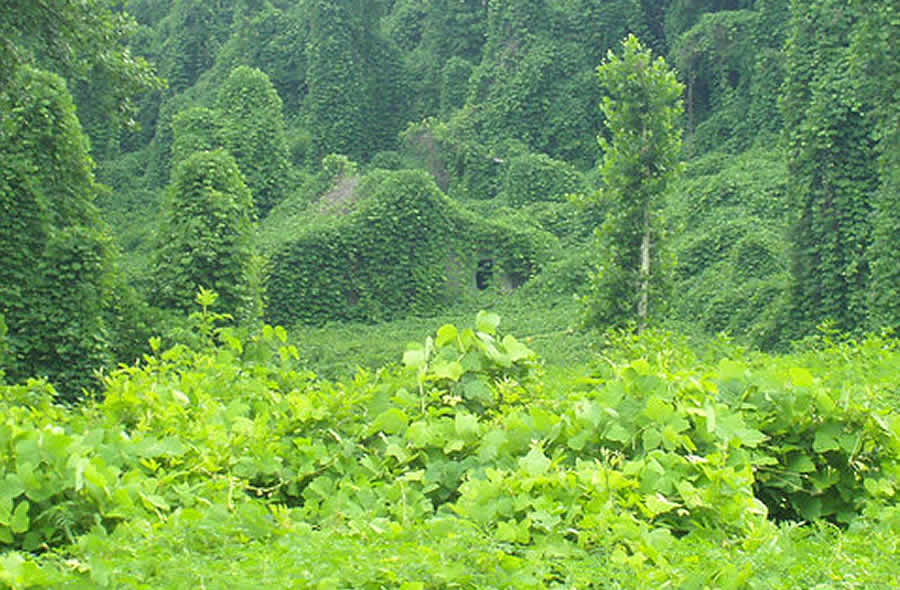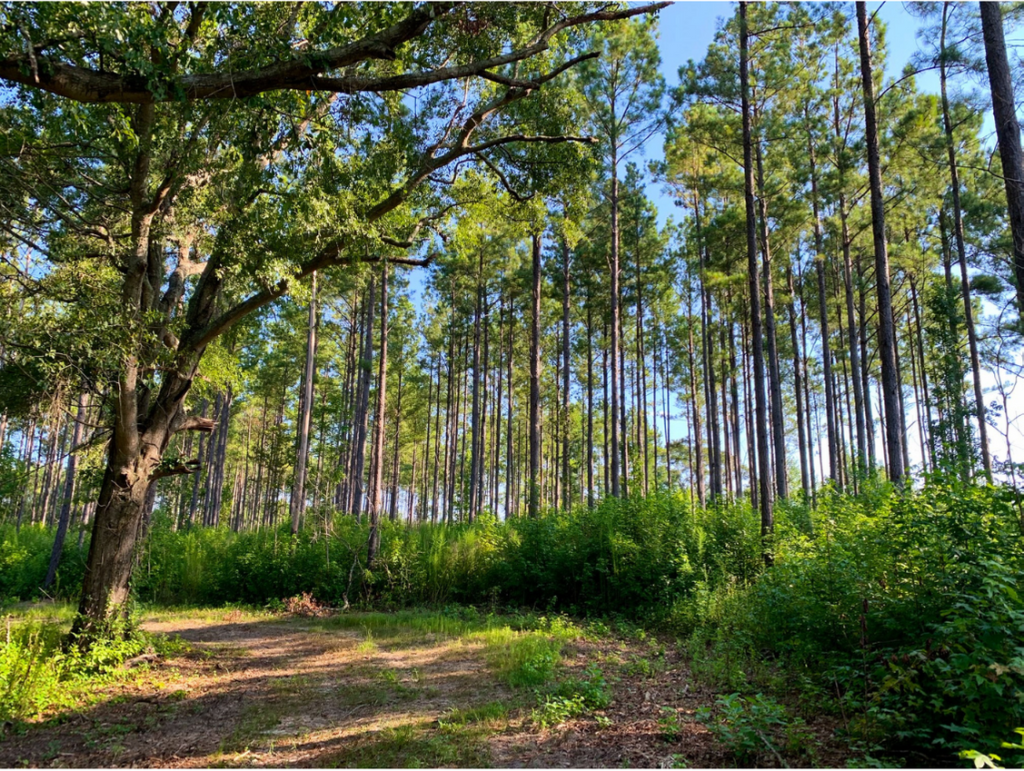Selling Land in Alabama – How Does Selling Land Work?
Welcome to the John Hall and Company Selling Land in Alabama series. This is part two in the series. Go here to read, part one written by Pete Hall
Selling a piece of property can be an intimidating or foreign concept to some landowners who have never sold property before. The following information is for those who ask themselves the question “where do I even begin” or “what are the steps I need to take in order to acquire the best value I can for my property”. We at John Hall and Company are here to provide you with the knowledge and confidence so that when you are selling a property, you know you are making educated decisions that will ultimately benefit you come the day of closing.
The first thing a landowner needs to recognize when deciding to sell their land is the understanding of what they own. It may sound simple, but when trying to maximize the monetary value that can be received a good understanding of what your property has to offer is necessary. Understanding what the property has to offer can be identified in several different ways. The location of a property can make a big impact on a property’s value. Depending on the location, the demand may be higher or lower than others areas. What is the best use for the property? Is it a potential development property, a home site, timberland, agricultural property, recreational property, or a combination of these? John Hall and Company is happy to help landowners wanting to sell their property understand the different aspects that will affect their property’s value. We do this by offering what we call a Brokers Opinion of Value or “BOV”.
The next question a landowner may have is “how do I value these different aspects of my property?” This is where you will need help. John Hall & Company is here to give our professional opinion with data to back up our statements, but we also have an extensive list of other professionals who can value individual characteristics of your property to help come up with a total value for the property. We have contacts such as certified foresters who can provide timber values, certified appraisers who can put together an official appraisal of your property, or we can use recent sales of properties that are similar to yours and in the same area to identify what other properties are selling for.
Once a landowner has a good grasp and understanding of their property, the next question is “How do I sell my property”. Real estate brokerages that are specifically catered towards selling properties such as yours are who you need to be looking into. If you have a home you want to sell, then a residential real estate agent may be your best option. If you are selling a commercial building, such as office space, then it would be most beneficial to seek out a commercial real estate brokerage. If you are selling a recreational hunting property, timberland property, farm, or other type of rural property even if it may have a home on it, then a real estate brokerage that specializes in that category (such as John Hall & Company) would be who you need to seek out. We encourage Sellers to ask as many questions about our company as possible so that you know we can be trusted and depended on. We want you to know that we are here to represent and serve you as our client in your best interest. Buyers for land come from all over the country. John Hall & Company’s marketing strategies are put in place to make sure that we are able to gain maximum exposure and in front of potential buyers.
After you have identified as real estate brokerage that you would like to represent you, the next step is listing your property to put on the market. A sales plan needs to be put in place and an initial listing price needs established. Once the real estate brokerage compiles all of their marketing materials and begins to advertise the property you may want to ask them to provide a monthly report on the traffic your listing is receiving through website views, phone calls, emails, etc. Upon receiving an offer(s) it would be beneficial to consult with your listing real estate agent and listen to their opinion. It is your real estate agent’s duty to represent you with your best interest in mind. Having knowledge of the market and experience in negotiating deals they will most likely have a good insight on how to navigate you through the negotiating and in turn ending with a contract and that is beneficial and pleasing to you as the seller. That real estate agent should then work with you and update you through the due diligence period of the contract and on to closing.
Selling land can be complicated in some situations, but it doesn’t have to be. The best advice for a landowner looking to sell their land is to find a real estate brokerage that specializes in selling property such as theirs. They should find an agent they can trust and depend on to represent with their best interest in mind. The end result should be you, as a seller, getting up from the closing table knowing that you got a good deal in a timely manner!
-Hoke Smith


 in finding the right tract, but they will ultimately determine your enjoyment of the land, and your return when selling.
in finding the right tract, but they will ultimately determine your enjoyment of the land, and your return when selling.